A comprehensive product description of this scale would be quite extensive, but I can certainly add more information about Tramadol, including its pharmacokinetics, pharmacodynamics, history, clinical uses, and potential for misuse.
Introduction
Tramadol is a centrally acting synthetic opioid analgesic, which means it’s designed in a lab and works on the central nervous system to relieve pain. Its generic name, Tramadol, reflects its chemical structure: (±)cis-2-[(dimethylamino)methyl]-1-(3-methoxyphenyl) cyclohexanol hydrochloride. Tramadol is classified under the class of medicines known as opioid analgesics and was approved for medical use in the United States in 1995. Tramadol products are available under various brand names, including Ultram, ConZip, Ryzolt, and others. Tramadol is available in immediate-release and extended-release formulations, and it comes in various forms, including tablets, capsules, and injections.
Pharmacodynamics
Tramadol’s unique pharmacodynamics are primarily attributed to two mechanisms: μ-opioid receptor agonism and the inhibition of serotonin and norepinephrine reuptake. This dual action not only alleviates pain but may also impact mood and anxiety levels, making Tramadol useful in treating conditions associated with chronic pain.
Tramadol itself has weak μ-opioid receptor agonist activity. Still, its active metabolite, O-desmethyltramadol (M1), is significantly more potent in this regard. This metabolite is primarily responsible for Tramadol’s opiate-like effects, including analgesia and the potential for dependence and addiction.
In addition to opioid receptor agonism, Tramadol also affects the neurotransmitters serotonin and norepinephrine by inhibiting their reuptake. This action is similar to that of certain antidepressants and can contribute to pain relief, especially in chronic pain states where depression may be a contributing factor.
Pharmacokinetics
The analgesic effects of Tramadol begin approximately one hour after oral administration, peaking between two to three hours. The elimination half-life of Tramadol is around six to seven hours but may vary based on individual metabolic differences.
Tramadol is well-absorbed following oral administration, with bioavailability ranging from 70% to 75%. The presence of food does not significantly affect absorption. Tramadol is metabolized primarily by the liver via the cytochrome P450 system, specifically the CYP2D6 and CYP3A4 enzymes. Tramadol and its active metabolite, M1, are primarily excreted through the kidneys.
Clinical Uses
Tramadol is used primarily to manage moderate to severe pain, whether acute or chronic. Its dual mechanism of action makes it particularly useful in certain types of pain, such as neuropathic pain, where traditional opioids may be less effective.
Tramadol can also be used for the management of osteoarthritis pain, post-operative pain, and pain associated with malignancy. In addition, Tramadol can be a part of a multimodal analgesia plan, in which multiple medications with different mechanisms are used to manage pain more effectively and minimize the risks associated with high doses of a single drug.
Dosage and Administration
The dosage of Tramadol is highly patient-specific and depends on the severity of the pain, the patient’s response to the medication, and other factors, including age, kidney function, and liver function.
For immediate-release tablets in adults and adolescents 16 years of age and older, the usual starting dose is 50-100 mg every 4-6 hours as needed for pain, not to exceed 400 mg in a day. For extended-release tablets, the usual adult starting dose is 100 mg once a day, increased by 100 mg every five days, but not to exceed 300 mg/day. Dosing intervals for the extended-release formulation should not be less than 24 hours.
The lowest effective dose should always be used, and the duration of treatment should be as short as possible. Tramadol should only be used under the supervision of a healthcare professional.
Side Effects
As with any medication, Tramadol has potential side effects. The most common side effects include nausea, dizziness, dry mouth, indigestion, abdominal pain, vertigo, vomiting, constipation, headache, and somnolence. These side effects often diminish over time or with dosage adjustments.
More serious side effects, such as respiratory depression and seizures, have been reported, especially at high doses or when used with other medications that depress the central nervous system. Tramadol should be used with caution in patients with a history of respiratory disease or seizure disorders.
Dependence and Withdrawal
Prolonged use of Tramadol can lead to physical dependence, characterized by withdrawal symptoms when the medication is abruptly discontinued. Symptoms of withdrawal may include restlessness, muscle and bone pain, insomnia, diarrhea, vomiting, cold flashes with goosebumps, and involuntary leg movements.
To minimize the risk of withdrawal symptoms, the dose of Tramadol should be reduced gradually when the medication is no longer needed for pain control. Patients should not attempt to stop taking Tramadol without medical supervision.
Misuse and Addiction
Like other opioids, Tramadol has the potential for misuse and addiction, especially with long-term use. Risk factors for opioid addiction include a history of substance abuse, mental health disorders, and certain genetic factors. Strategies to minimize the risk of misuse include careful patient selection, regular monitoring for signs of misuse, and education about the risks and proper use of Tramadol.
A comprehensive product description of this scale would be quite extensive, but I can certainly add more information about Tramadol, including its pharmacokinetics, pharmacodynamics, history, clinical uses, and potential for misuse.
Introduction
Tramadol is a centrally acting synthetic opioid analgesic, which means it’s designed in a lab and works on the central nervous system to relieve pain. Its generic name, Tramadol, reflects its chemical structure: (±)cis-2-[(dimethylamino)methyl]-1-(3-methoxyphenyl) cyclohexanol hydrochloride. Tramadol is classified under the class of medicines known as opioid analgesics and was approved for medical use in the United States in 1995. Tramadol products are available under various brand names, including Ultram, ConZip, Ryzolt, and others. Tramadol is available in immediate-release and extended-release formulations, and it comes in various forms, including tablets, capsules, and injections.
Pharmacodynamics
Tramadol’s unique pharmacodynamics are primarily attributed to two mechanisms: μ-opioid receptor agonism and the inhibition of serotonin and norepinephrine reuptake. This dual action not only alleviates pain but may also impact mood and anxiety levels, making Tramadol useful in treating conditions associated with chronic pain.
Tramadol itself has weak μ-opioid receptor agonist activity. Still, its active metabolite, O-desmethyltramadol (M1), is significantly more potent in this regard. This metabolite is primarily responsible for Tramadol’s opiate-like effects, including analgesia and the potential for dependence and addiction.
In addition to opioid receptor agonism, Tramadol also affects the neurotransmitters serotonin and norepinephrine by inhibiting their reuptake. This action is similar to that of certain antidepressants and can contribute to pain relief, especially in chronic pain states where depression may be a contributing factor.
Pharmacokinetics
The analgesic effects of Tramadol begin approximately one hour after oral administration, peaking between two to three hours. The elimination half-life of Tramadol is around six to seven hours but may vary based on individual metabolic differences.
Tramadol is well-absorbed following oral administration, with bioavailability ranging from 70% to 75%. The presence of food does not significantly affect absorption. Tramadol is metabolized primarily by the liver via the cytochrome P450 system, specifically the CYP2D6 and CYP3A4 enzymes. Tramadol and its active metabolite, M1, are primarily excreted through the kidneys.
Clinical Uses
Tramadol is used primarily to manage moderate to severe pain, whether acute or chronic. Its dual mechanism of action makes it particularly useful in certain types of pain, such as neuropathic pain, where traditional opioids may be less effective.
Tramadol can also be used for the management of osteoarthritis pain, post-operative pain, and pain associated with malignancy. In addition, Tramadol can be a part of a multimodal analgesia plan, in which multiple medications with different mechanisms are used to manage pain more effectively and minimize the risks associated with high doses of a single drug.
Dosage and Administration
The dosage of Tramadol is highly patient-specific and depends on the severity of the pain, the patient’s response to the medication, and other factors, including age, kidney function, and liver function.
For immediate-release tablets in adults and adolescents 16 years of age and older, the usual starting dose is 50-100 mg every 4-6 hours as needed for pain, not to exceed 400 mg in a day. For extended-release tablets, the usual adult starting dose is 100 mg once a day, increased by 100 mg every five days, but not to exceed 300 mg/day. Dosing intervals for the extended-release formulation should not be less than 24 hours.
The lowest effective dose should always be used, and the duration of treatment should be as short as possible. Tramadol should only be used under the supervision of a healthcare professional.
Side Effects
As with any medication, Tramadol has potential side effects. The most common side effects include nausea, dizziness, dry mouth, indigestion, abdominal pain, vertigo, vomiting, constipation, headache, and somnolence. These side effects often diminish over time or with dosage adjustments.
More serious side effects, such as respiratory depression and seizures, have been reported, especially at high doses or when used with other medications that depress the central nervous system. Tramadol should be used with caution in patients with a history of respiratory disease or seizure disorders.
Dependence and Withdrawal
Prolonged use of Tramadol can lead to physical dependence, characterized by withdrawal symptoms when the medication is abruptly discontinued. Symptoms of withdrawal may include restlessness, muscle and bone pain, insomnia, diarrhea, vomiting, cold flashes with goosebumps, and involuntary leg movements.
To minimize the risk of withdrawal symptoms, the dose of Tramadol should be reduced gradually when the medication is no longer needed for pain control. Patients should not attempt to stop taking Tramadol without medical supervision.
Misuse and Addiction
Like other opioids, Tramadol has the potential for misuse and addiction, especially with long-term use. Risk factors for opioid addiction include a history of substance abuse, mental health disorders, and certain genetic factors. Strategies to minimize the risk of misuse include careful patient selection, regular monitoring for signs of misuse, and education about the risks and proper use of Tramadol.
In conclusion, Tramadol is a versatile analgesic with unique pharmacodynamics, offering benefits in various painful conditions. However, like all medications, it should be used judiciously and under the careful supervision of a healthcare provider.
In conclusion, Tramadol is a versatile analgesic with unique pharmacodynamics, offering benefits in various painful conditions. However, like all medications, it should be used judiciously and under the careful supervision of a healthcare provider.

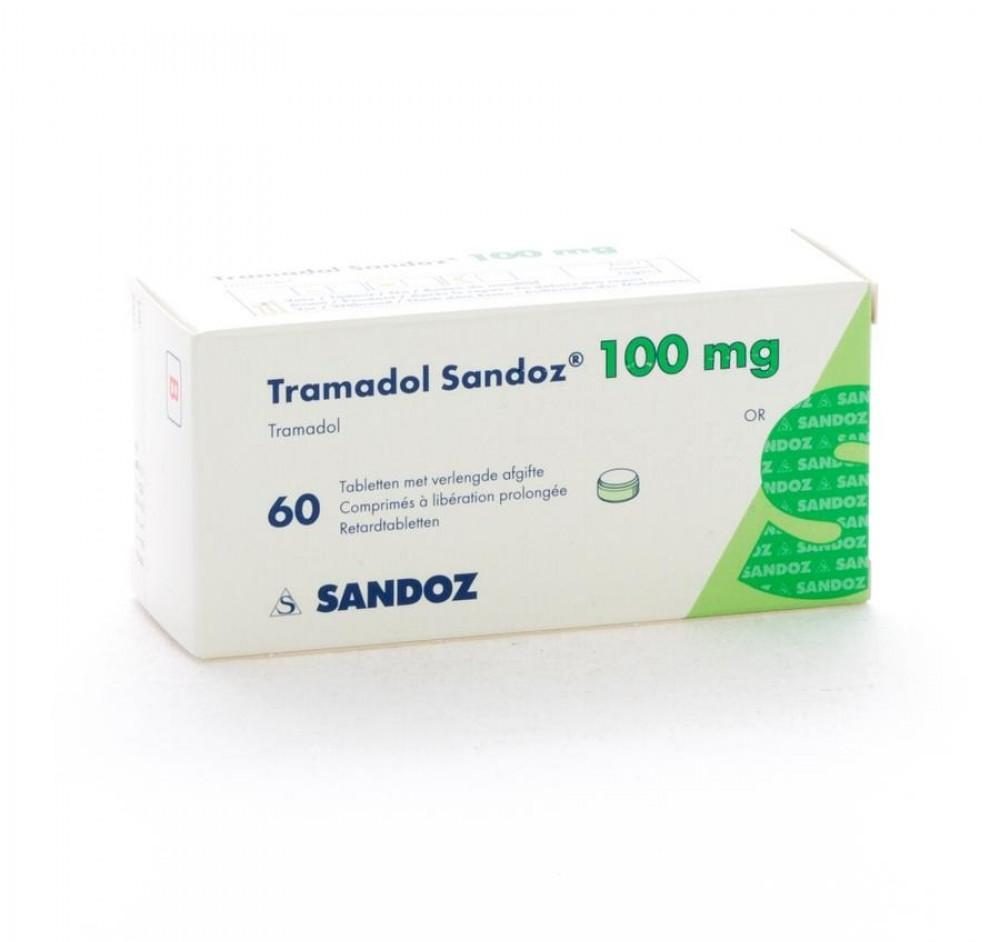
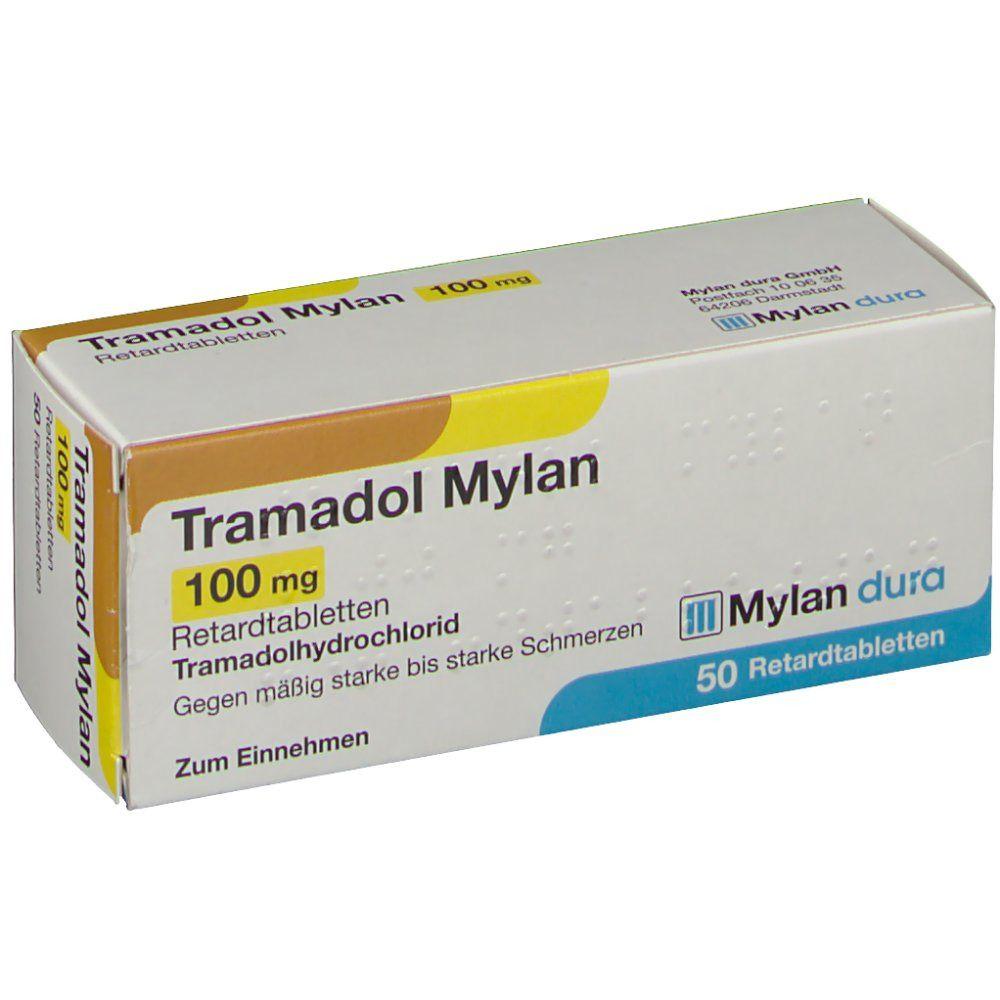
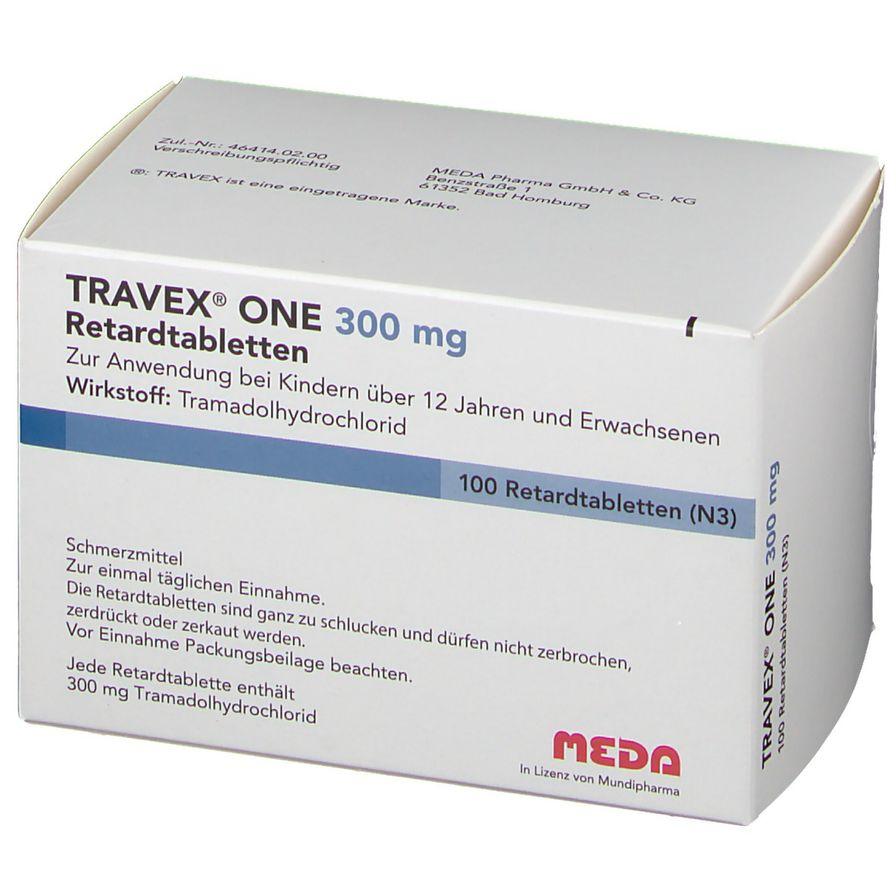
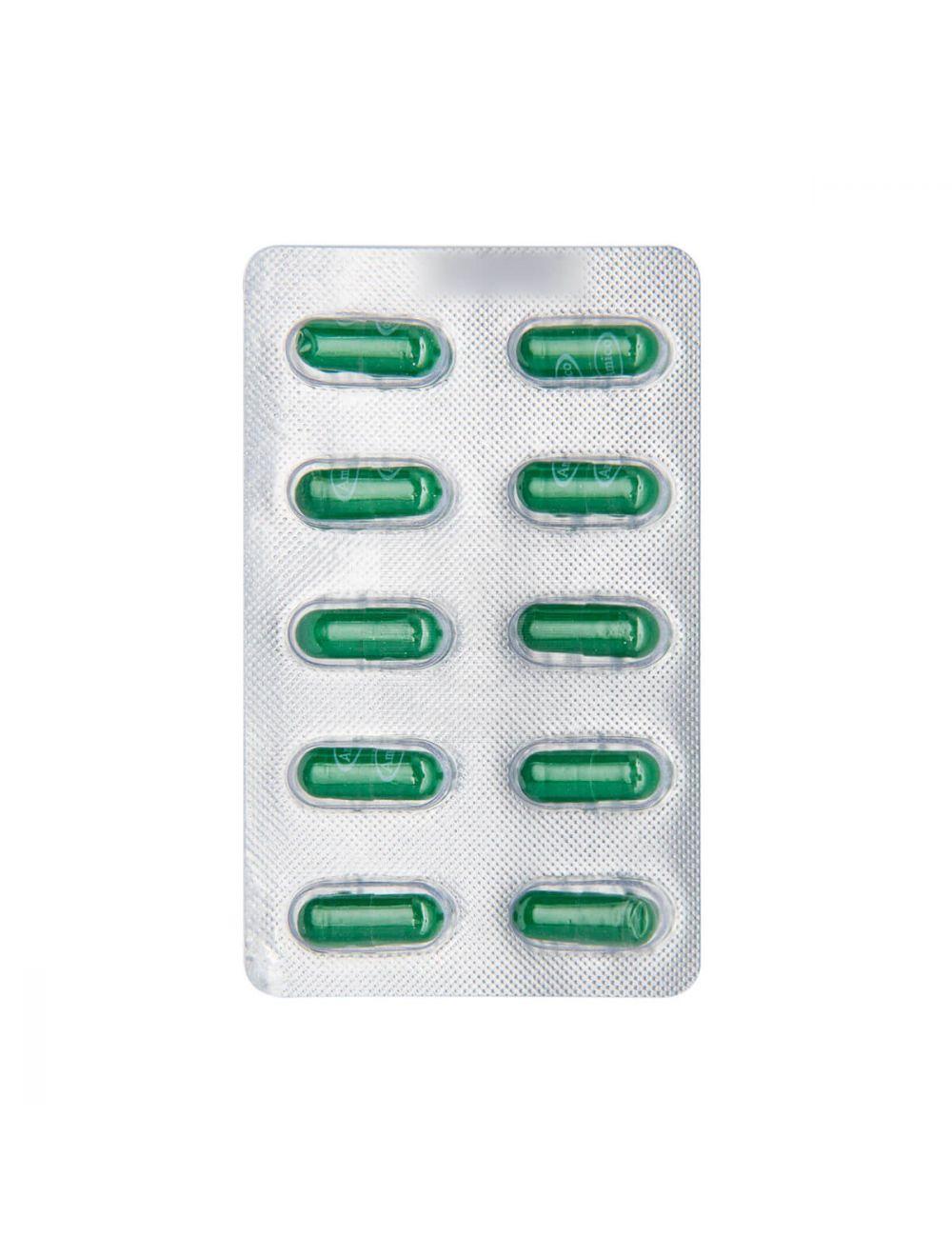
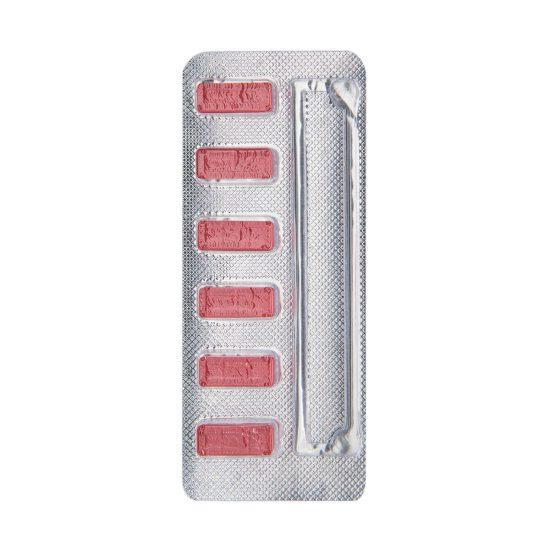
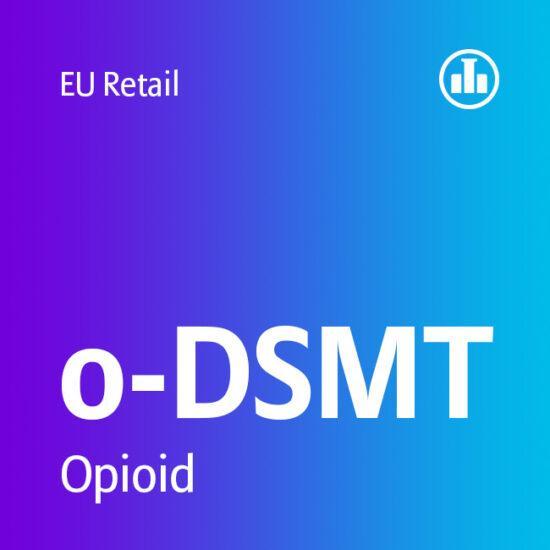
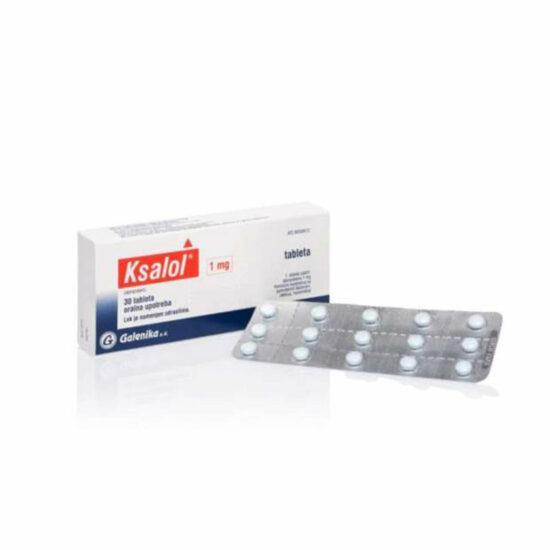
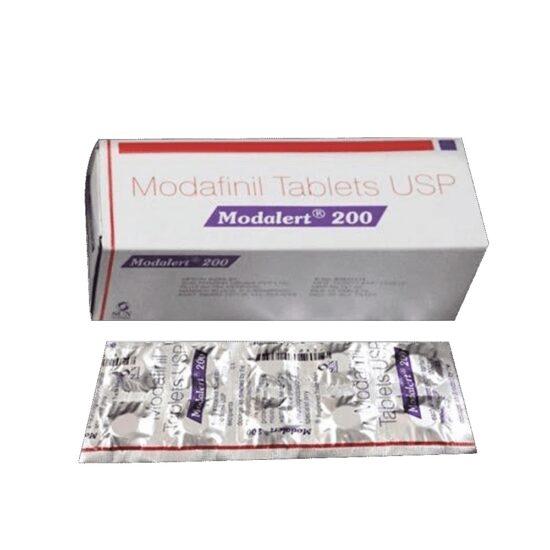
Reviews
There are no reviews yet.